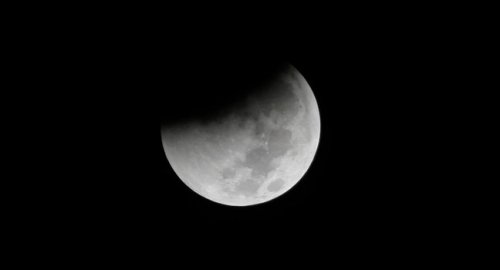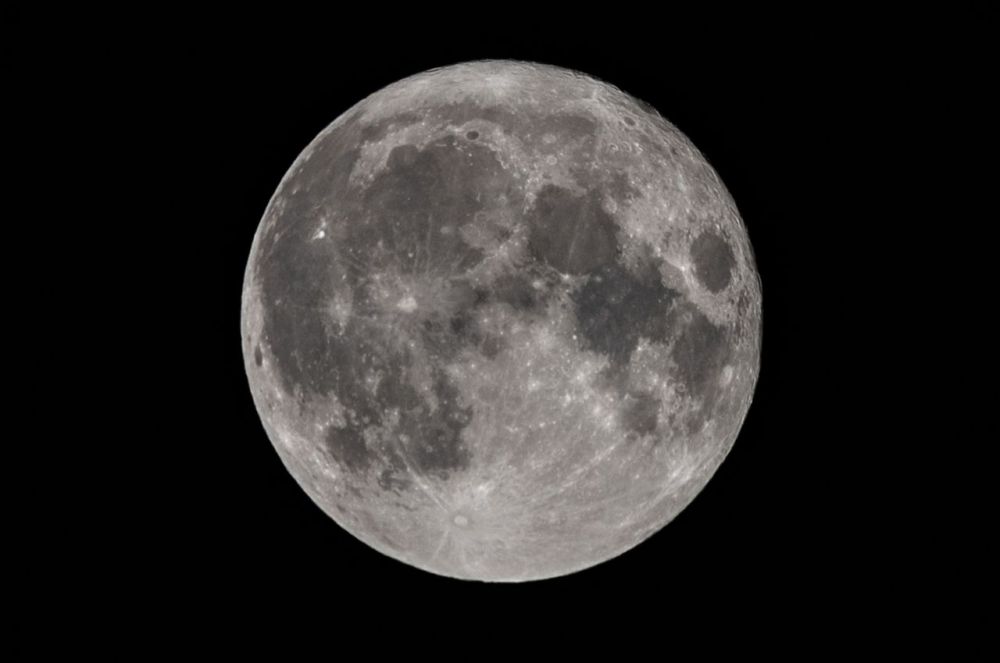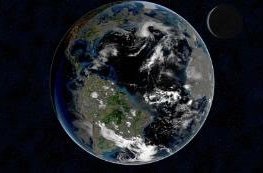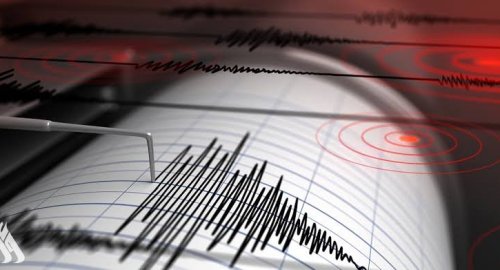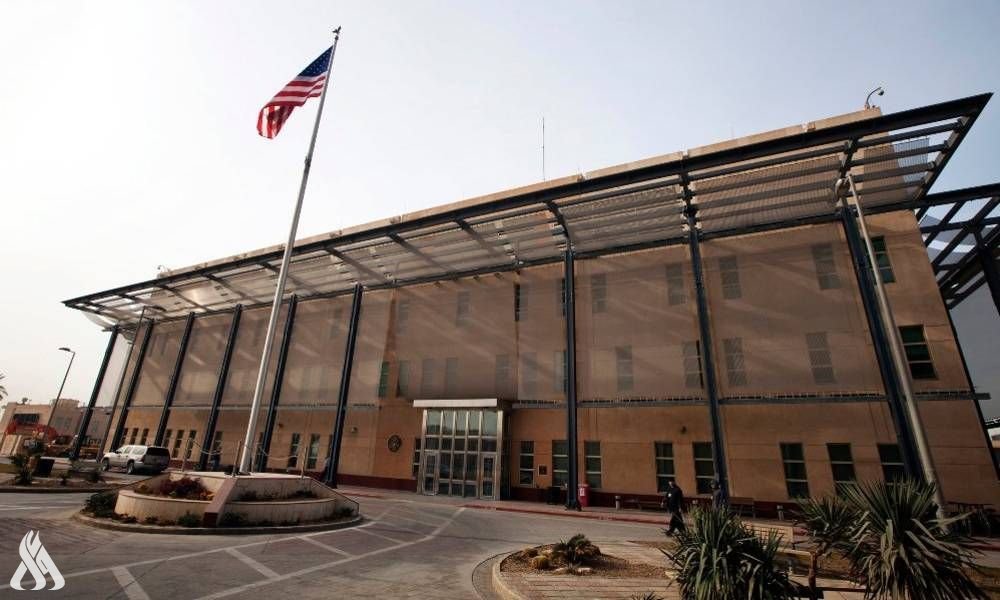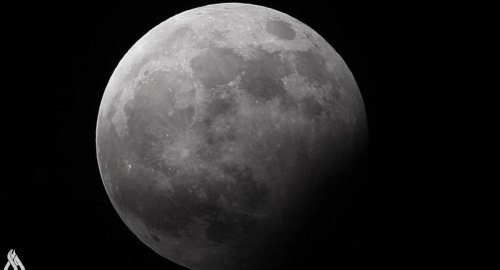
Earth will witness the longest partial lunar eclipse of this century next week

- 14-11-2021, 10:08
INA-SOURCES
Astronomy enthusiasts are expected to follow the longest partial lunar eclipse of this century next week between November 18 and 19.
Earth’s shadow will largely block sunlight from reaching the moon, covering our lunar neighbor in darkness.
And NASA statistics on the lunar eclipse from 2001 to 2100 show that the partial eclipse for this month will be the longest in the century, with a duration of more than 3 hours, 28 minutes and 23 seconds. Statistics compared it to the longest total eclipse of the century, which occurred in 2018 and lasted approximately 1 hour and 43 minutes.
The Holcomb Observatory in Indiana shared a graphic showing what to expect from the eclipse, which will cover most of the moon. “This will be the longest partial lunar eclipse in 580 years,” the observatory wrote on Twitter.
What does a partial eclipse look like?
A lunar eclipse does not have the same dramatic appearance as a solar eclipse in which it appears that someone is carving a black hole from the side of the sun.
During a lunar eclipse, the moon darkens and sometimes takes on a reddish color. For a partial eclipse, the Earth’s shadow does not completely cover the moon. However, the partial eclipse is still a great experience for astronomy enthusiasts around the world.
“Partial lunar eclipses may not be quite as spectacular as a total eclipse, in which the moon is completely covered by the Earth’s shadow, but they happen more frequently. This just means more opportunities to witness subtle changes in our solar system that sometimes happen before our very eyes,” NASA said in a skywatch update. “.
When can you see a lunar eclipse?
The eclipse will be visible over a large area of the globe on the evening of November 18 until the early hours of the morning of November 19.
Exact viewing times will depend on your location, and the eclipse will be visible in North America, the Pacific Ocean, Alaska, Western Europe, eastern Australia, New Zealand and Japan. The United States will be the best at following the event.
You can head to Timeanddate.com to find your location for times when you can watch the eclipse.
And if you want to watch the full action, a long night of fun awaits you.
How to watch a lunar eclipse from anywhere
Unfortunately, the eclipse will not be visible from Africa, the Middle East, or Western Asia. Other areas may find clouds blocking the view of the moon, so there will be online options to follow the movement of the moon.
The Virtual Telescope Project (VTP) will begin covering the eclipse at 11 p.m. PT on November 18 (7 a.m. UTC on November 19). VTP will collaborate with star photographers from around the world along with providing live commentary from astrophysicist Gianluzza Massi.
NASA expects that the near-total lunar eclipse will begin at approximately 2:19 a.m. EDT (7:19 a.m. UTC), and reach its maximum around 4 a.m. EDT (9 a.m. UTC). The event will end at 5:47 a.m. EDT (10:47 a.m. UTC).
And if you miss this event, you will have the opportunity to follow the lunar eclipse twice a year, and there will be a full lunar eclipse between May 15-16, 2022, followed by another eclipse between November 7 and 8 of the same year.
NASA pays tribute to Gagarin in honor of Cosmonautics Day
- Multimedia
- 10:12
US Embassy: Trade Mission of 60 Companies Visits Iraq
- politics
- 25/04/07
CBI unveils comprehensive reform plan to modernize banking sector
- Economy
- 25/04/07
Al-Sudani Meets Delegation from J.P. Morgan Bank
- politics
- 25/04/08
